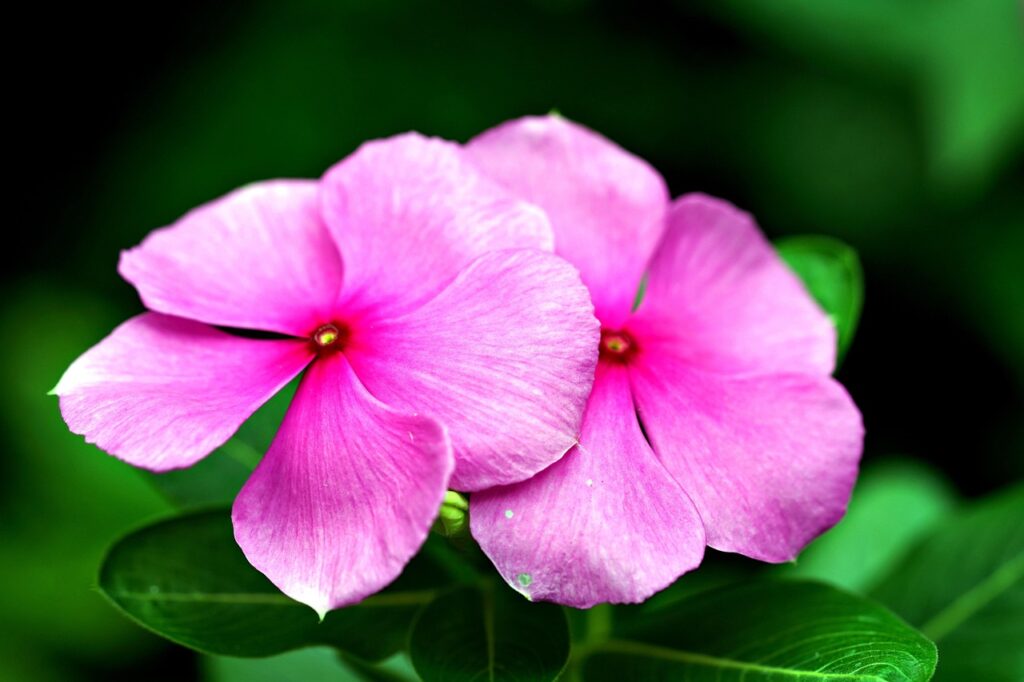
Biopiracy and the Battle Over Seeds | Science Explained
In the 1980s and 1990s, a storm was brewing in the jungles of the Amazon, the mountains of India, and the island nations of the Pacific. The battleground? Genes. Rare, ancient, and sometimes the key to curing the world’s deadliest diseases. But the battleground wasn’t only scientific. It was political, economic, and cultural.
At the centre of this storm was a growing backlash against what came to be known as biopiracy.
Biopiracy refers to the commercial exploitation of naturally occurring genetic materials (like plants) by corporations or foreign entities without fair compensation to the communities that first cultivated them. This term was coined by founder of ETC Group Pat Mooney in the early 90s, who described it as ‘when researchers or research organisations take biological resources without official sanction, largely from less affluent countries or marginalised people’.
Think of it as modern seed theft: when indigenous knowledge and biodiversity are turned into profitable products, yet the originators receive nothing. Though most forms of piracy are often discussed in a historical context, biopiracy remains a critical issue today, threatening both biodiversity and trust in global science.
Rosy Periwinkle: Madagascar’s Lost Millions
One classic case that illustrates this concept perfectly dates all the way back to the 1950s: in 1954, researchers from American firm Eli Lilly identified two powerful alkaloids – vinblastine and vincristine – in the rosy periwinkle (Catharanthus roseus) that had the potential to have anti-cancer properties. The Rosy periwinkle is a plant used medicinally by the people of Madagascar, specifically to treat diabetes. After their discovery, Eli Lilly subsequently patented and profited from drugs derived from these alkaloids, yet Madagascar saw none of the financial benefit, even though local knowledge prompted the research. This is the archetype of biopiracy: essential knowledge lifted from local communities, commercialised abroad, with no sharing of either profits or credit.
Many other African crops and medicinal plants, such as hoodia cactus, Nigerian cowpea, and the endod berry, have been similarly appropriated by researchers for their medicinal properties. The problem is twofold: legal frameworks like the Trade-Related Aspects of Intellectual Property Rights (TRIPS) under the WTO often fail to recognise traditional knowledge, while global IP regimes often struggle to regulate how genetic resources are owned and shared – all of which highlights deep-rooted tensions between global North research institutions and biodiversity-rich countries in the global South.
From Protest to Policy: The Treaty Steps In
The outrage sparked by these cases fuelled demand for change. The Convention on Biological Diversity (CBD) in 1992 introduced the principle of national sovereignty over natural resources. The Convention on Biological Diversity was a solution for pharmaceutical bioprospecting but did not meet the needs of agriculture. It resulted in almost a complete shutdown in new collecting and, to a large extent, exchange (apart from the CGIAR centres) of agricultural genetic resources.
One key turning point came thanks to Dr Geoff Hawtin, then Director of the International Plant Genetic Resources Institute (IPGRI). Recognising growing concern that national control over genetic resources might limit international collaboration, he helped negotiate an agreement between the CGIAR research centres and the FAO to place their seed collections “in trust for the benefit of the world community.” This move reassured governments, NGOs, and indigenous communities that vital crop diversity stored in international gene banks would remain in the public domain, and set the tone for the trust-based principles that would later underpin the International Plant Treaty.
The International Plant Treaty (ITPGRFA) later built upon this by establishing a simpler, multilateral system for seed exchange with built-in benefit-sharing protections — inspired by stories like Madagascar’s and driven by decades of negotiation by scientists, activists, and diplomats. Crucially, the treaty secured agreement among its members to allow free exchange of seeds for 65 of the world’s most important food and forage crops, including rice, wheat, maize and beans. This opened the floodgates for international plant research centres and plant breeders to access the full range of genetic diversity stored in public seed banks, a vital resource in tackling climate change, food insecurity, and crop disease.
Why It Still Matters
The biopiracy debate helped reshape how we think about ownership, access, and justice in the world of plant genetics. But as technology evolves, so do the challenges, especially in the digital space, where genetic information can now travel without seeds ever changing hands. The International Plant Treaty remains one of the few global frameworks designed to keep seed-sharing fair, collaborative, and transparent. Its success will depend on how well it can keep pace with innovation, and how willing we are to protect biodiversity not just in law, but in practice.
